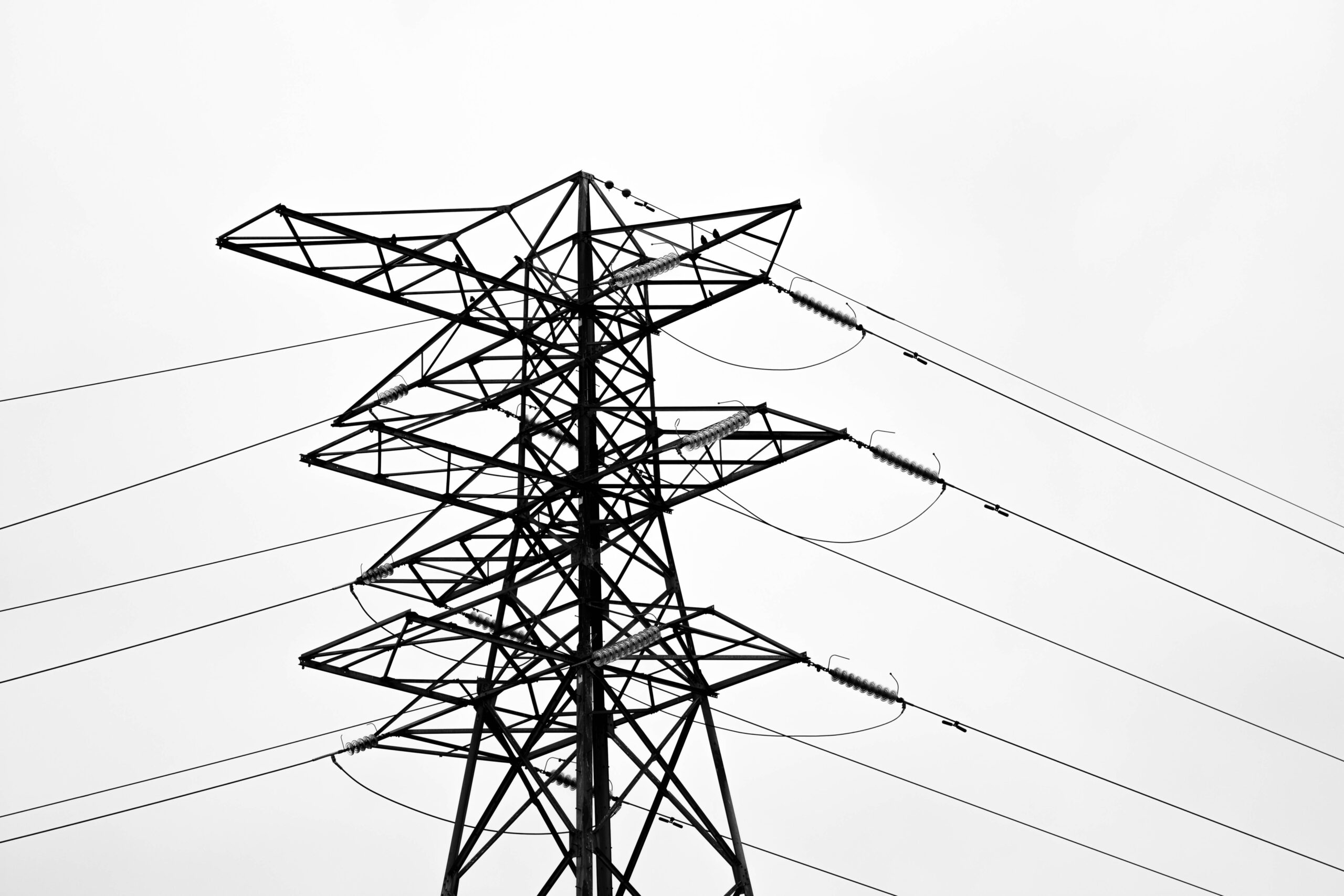Spotlight
Steeped in the energy industry
We are in the know.
FERC Issues Notice of Proposed Rulemaking to Eliminate Reactive Power Compensation within the Standard Power Factor Range

On March 21, 2024, the Federal Energy Regulatory Commission (FERC) issued a Notice of Proposed Rulemaking (NOPR) proposing reforms to revise reactive power compensation within the standard power factor range. Comments on the NOPR are due 60 days from its publication in the Federal Register. The NOPR proposes to revise the pro forma Open Access Transmission Tariff (OATT) to prohibit transmission providers from including in their transmission rates any charges associated with generating facilities’ supply of reactive power within the standard power factor range. The NOPR also proposes to remove from the pro forma Large Generator Interconnection Agreement (LGIA) and pro forma Small Generator Interconnection Agreement (SGIA) the requirement that a transmission provider pay an interconnection customer for reactive power within the standard power factor range. If adopted, the proposed rule would require transmission providers to compensate a generating facility for reactive power only when the transmission provider directs it to operate outside the standard power factor range, thereby eliminating the majority of charges transmission customers currently pay for reactive power.
Need for Reactive Power Compensation Reform
FERC’s current policy on reactive power compensation largely stems from Order No. 2003 and its progeny, which adopted a standard agreement for the interconnection of large generating facilities (i.e., the pro forma LGIA). The pro forma LGIA included a general requirement that the interconnection customer maintain a composite power delivery at continuous rated power output at the point of interconnection at a power factor within the range of 0.95 leading to 0.95 lagging when synchronized to the transmission system, unless the transmission provider required otherwise. Order No. 2003 also required that a transmission provider compensate an interconnection customer for any reactive power provided outside the established power factor range if requested by the transmission provider to operate outside the standard power factor range. FERC clarified in Order No. 2003-A that, if the transmission provider pays its own or its affiliated generators for reactive power within the standard power factor range, it must also pay interconnection customers comparably (a policy known as the “comparability standard”).
As described in the NOPR, FERC repeatedly has found there is little to no incremental capital expenditure required for equipment necessary to produce reactive power within the standard power factor range and any such costs can be recovered by other means such as energy or capacity sales.
Since Order No. 2003, multiple transmission providers, including regional transmission organizations (RTOs) and independent system operators (ISOs), elected not to compensate generating facilities for reactive power within the standard range. The NOPR states that within such regions, no evidence indicates the lack of such compensation led to an insufficient supply of reactive power or that generating facilities are unable to recover any costs related to the production of reactive power.
FERC’s Preliminary Findings & Proposed Elimination of Reactive Power Compensation
In the NOPR, FERC preliminarily finds that allowing transmission providers to compensate generating facilities (both those affiliated and unaffiliated with transmission owners) for providing reactive power within the standard range has resulted in unjust and unreasonable transmission rates. FERC also preliminarily finds that generating facilities providing reactive power within the standard power factor range are only meeting their obligations under interconnection agreements and in accordance with good utility practice, incurring few or no costs beyond what is required to provide real power.
Given those findings, FERC proposes to prohibit transmission providers from including in their transmission rates any charges associated with the supply from a generating facility of reactive power within the standard power factor range FERC also preliminarily finds that eliminating reactive power compensation will neither impact reliability, nor preclude generating facilities from recovering their costs.
Given those findings, the NOPR proposes to remove from the pro forma LGIA and pro forma SGIA compensation for reactive power within the standard range, while continuing to require transmission providers to pay interconnection customers for reactive power provided when the transmission providers request generating facilities to operate outside the standard power factor range.
FERC proposes to require each transmission provider to submit a compliance filing within 60 days of the effective date of a final rule and will permit appropriate entities to seek “regional reliability variations” or “independent entity variations” from the proposed revisions to its OATT, pro forma LGIA, and pro forma SGIA. FERC also proposes to allow 90 days from the date of the compliance filing for implementation of the proposed reforms to be effective.
Comments on the NOPR are due 60 days from its publication in the Federal Register, and reply comments are due 90 days from its publication in the Federal Register.
For more information, please contact: Wendy Reed (reed@wrightlaw.com), Wendy Warren (warren@wrightlaw.com), or Abe Johns (johns@wrightlaw.com).
